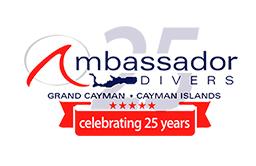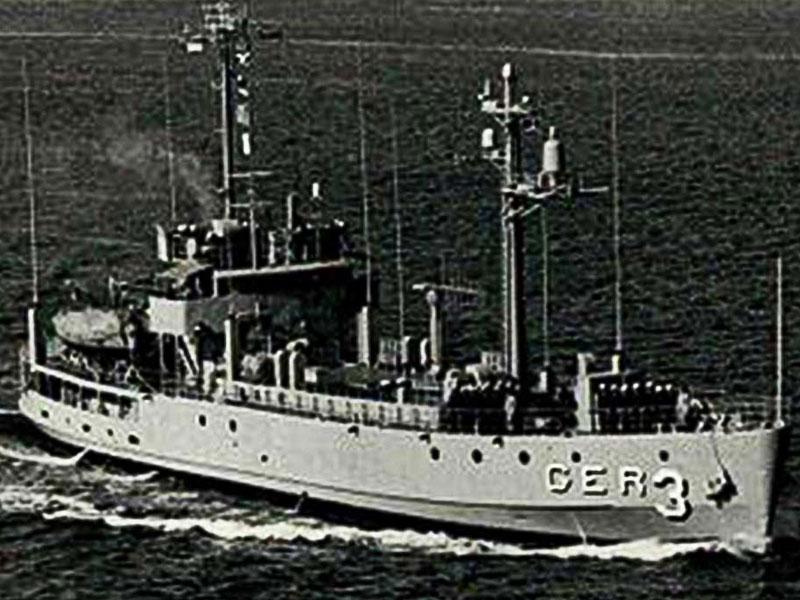Originally built for the US Army Transportation Corps, the FS-217 left it’s dry dock at Higgins Industries in New Orleans and was delivered to the Army Air Forces where she was named the Colonel Armond Peterson. After spending 11 years doing coastal surveys off the Lesser Antilles and Central America, the Colonel Armond Peterson was placed in reserve on the 17th of February, 1956. Shortly thereafter, the 181-foot ship was acquired by the U.S. Navy and was renamed the USS Palm Beach. She was converted to a Banner class “environmental research ship (AGER-3)” at Puget Sound Naval Shipyard and commissioned into service on May 13, 1967. The USS Palm Beach was deployed to the North Sea and also toured the Mediterranean during its two-year career with the U.S. Navy. Technical research ships were used by the Navy to gather intelligence and intercept wireless communications from hostile nations during the height of the Cold War in the 1960s. The USS Palm Beach was the sister ship of the USS Pueblo, which was captured by North Korea while spying off its coast on Jan. 23, 1968, and remains a captive vessel today.
The USS Pueblo was engaged in a routine surveillance of the North Korean coast when it is intercepted by North Korean patrol boats. According to U.S. reports, the Pueblo was in international waters almost 16 miles from shore, but the North Koreans turned their guns on the lightly armed vessel and demanded its surrender. The Americans attempted to escape, and the North Koreans opened fire, wounding the commander and two others. With capture inevitable, the Americans stalled for time, destroying the classified information aboard while taking further fire. Several more crew members were wounded.
The capture of the “Pueblo” compromised the missions and technical equipment used by other AGER “research ships” such as the USS Palm Beach making the Palm Beach useless and shortly thereafter was decommissioned and struck from the Naval Registry. The vessel was passed through the hands of a few owners before eventually being acquired by a Panamanian company and renamed the “M/V Oro Verde”.
Local legend has it that bananas weren’t the only cargo of value carried by the Oro Verde. Stories of a mutiny over a load of marijuana found by the crew have been told by scuba diving enthusiasts since her sinking in 1980. Although it’s difficult to say with any certainty if there is truth in the story, we did stumble across an article published by the Miami Herald that would lend credence to her and her crew being up to no good. It seems that someone wanted to sink her years before her date with destiny at the bottom of Grand Cayman’s crystal clear waters.

